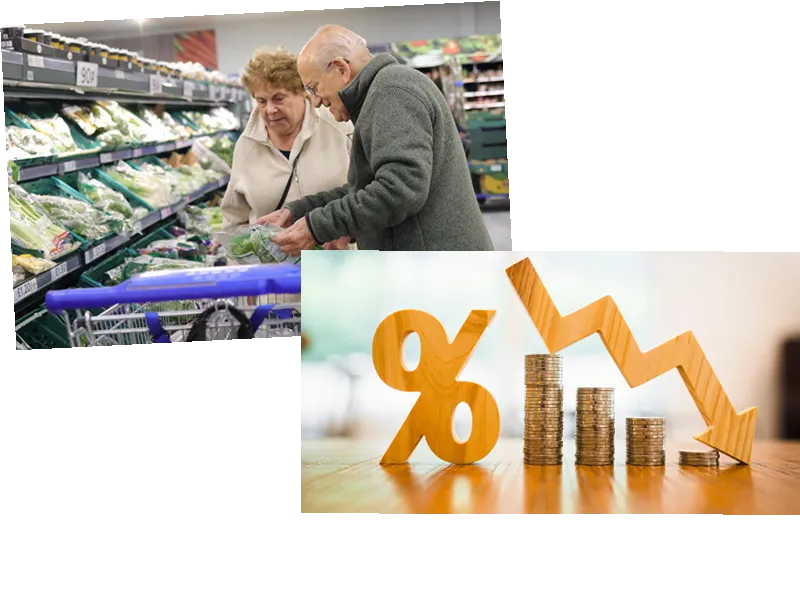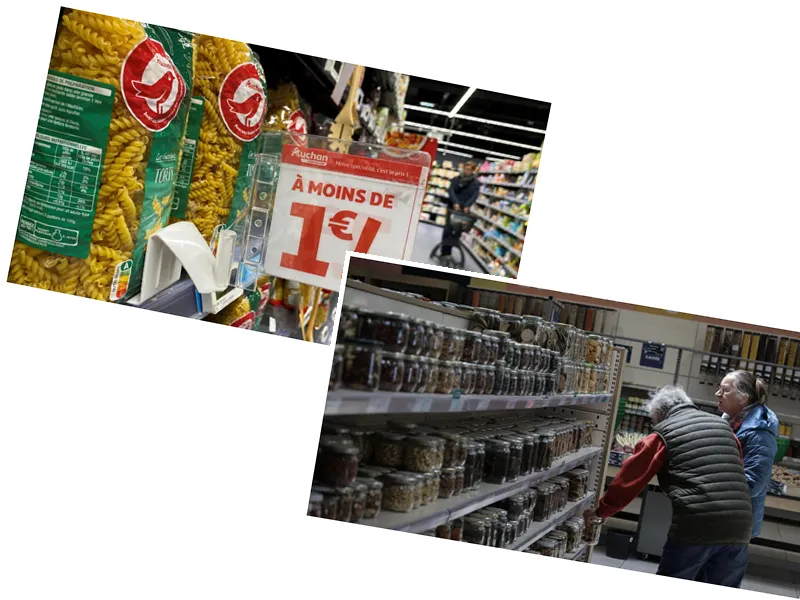Inflation Trends in Europe: A Comparative Analysis
Italy's Inflation Overview
In the month of June, the national consumer price index for the entire community in Italy, including tobacco, increased by 0.1% on a monthly basis and by 0.8% on an annual basis, according to preliminary estimates by Istat. The Ipca index, harmonized according to EU parameters, showed a +0.2% cyclical change and a +0.9% year-on-year increase. Underlying inflation, excluding energy and fresh food, remained stable at +2.0%, while inflation excluding only energy goods decelerated slightly from +2.0% to +1.9%. The inflation acquired for 2024 is projected to be +0.8% for the general index and +1.9% for the underlying component.
France's Inflation Overview
In France, the consumer price index increased by 2.1% over one year in June, down slightly from 2.3% in May, according to INSEE. This indicates a slow decline in inflation after a slight bump in May. The decline in June is attributed to a slowing down in the rise in energy and food prices. The cost of food products rose by 0.8% year-on-year in June, compared to 1.3% in May, while energy prices grew by 4.8%, down from 5.7% in the previous month. The price of services, which constitutes a significant portion of the consumer price index, remained steady at 2.8% year-on-year in June, mirroring May's figure. The price of tobacco increased by 8.7%, and manufactured products saw no change. Over one month, inflation remained almost stable at 0.1% between May and June.
Comparative Insights
Both Italy and France are experiencing relatively stable inflation trends with slight variations. Italy's inflation remains modest with a slight annual increase, while France shows a gradual decline in inflation rates. The harmonized consumer price index (HICP), a benchmark at the European level, reflects these trends with Italy showing a +0.9% year-on-year increase and France a 2.5% increase in June. These figures suggest that while inflationary pressures exist, they are being moderated by slower increases in energy and food prices.
- Istat's preliminary estimates indicate that Italy's underlying inflation, net of energy and fresh food, remains stable at +2.0%, suggesting that core inflationary pressures are steady. The slight deceleration in inflation excluding energy goods from +2.0% to +1.9% indicates a minor easing in price pressures.
- INSEE's report highlights that the cost of services in France, which accounts for over half of the consumer price index, remained unchanged at 2.8% year-on-year in June. This stability in service prices is crucial as it represents a significant portion of consumer expenses. The harmonized consumer price index (HICP) for France increased by 2.5% year-on-year in June, slightly down from 2.6% in May, indicating a consistent but slow decline in inflation.






